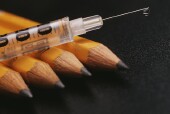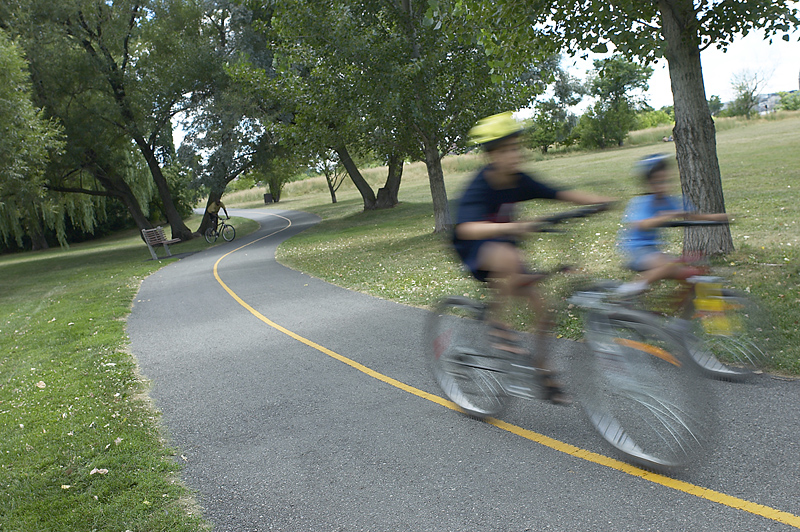
THURSDAY, Aug. 30 (HealthDay News) — Parents and doctors can do more to protect girls from cancers caused by the human papillomavirus (HPV), say U.S. health officials who are concerned by lagging HPV vaccination rates among females.
Last year, significantly more U.S. teens were vaccinated against meningitis and whooping cough (pertussis) than in 2010, while increases for the HPV vaccine were far less significant, according to researchers at the U.S. Centers for Disease Control and Prevention (CDC).
Almost all cases of cervical and anal cancer are caused by the sexually transmitted human papillomavirus.
The proportion of teenage girls protected by all three HPV shots ranges from about 57 percent in Rhode Island to less than 16 percent in Arkansas, according to the report, published in the Aug. 31 issue of the CDC’s Morbidity and Mortality Weekly Report. Coverage in the South is lower compared to the West and Northeast, the report noted.
“Stronger health-care provider recommendations for HPV vaccination, implementation of reminder/recall systems, elimination of missed opportunities for vaccination, and education of parents of adolescents regarding the risk for HPV infection and the benefits of vaccination are needed to protect adolescents from HPV-related cancers,” Dr. Christina Dorell and her CDC colleagues wrote.
Using data from the National Immunization Survey-Teen to assess vaccination coverage among 13- to 17-year-olds, the researchers found that from 2010 to 2011, vaccination coverage for tetanus, diphtheria, acellular pertussis (Tdap) at age 10 or older jumped from about 69 percent to about 78 percent. The rate for meningitis coverage also rose during that time, from about 63 percent to 71 percent getting one or both recommended doses.
But the proportion of teenage girls getting one or more dose of HPV vaccine rose only from about 49 percent to 53 percent, and the proportion getting all three doses grew from 32 percent to less than 35 percent.
For the third year straight, the percentage-point increase was less than half that of the increase in pertussis and meningitis vaccination.
“Like the previous year, poor and minority teen girls who start the three-dose HPV series have lower rates of finishing it. Coverage was also lower for younger girls, meaning 11- and 12-year-olds are not getting the vaccine as recommended,” according to a CDC news release.
Giving the HPV vaccine every time another teen vaccine is given would improve HPV vaccine coverage rates, the researchers said. “Addressing missed opportunities for vaccination . . . is needed to protect adolescents against HPV-related cancers,” the authors wrote in the report.
Two vaccines, Cervarix and Gardasil, protect against most of the types of HPV that cause most cervical cancers, the CDC says. Gardasil has been shown to protect against genital warts and cancers of the anus, vagina and vulva.
HPV vaccination is recommended at age 11 or 12, before the start of sexual activity. Women up to age 26 who did not get all three shots when they were younger are also advised to get the HPV vaccine.
One of the U.S. government’s Healthy People 2020 targets is 80 percent coverage for all three vaccines — HPV (in females), meningitis and Tdap — among teens 13 to 15.
More information
The U.S. Centers for Disease Control and Prevention has more about the HPV vaccine.

